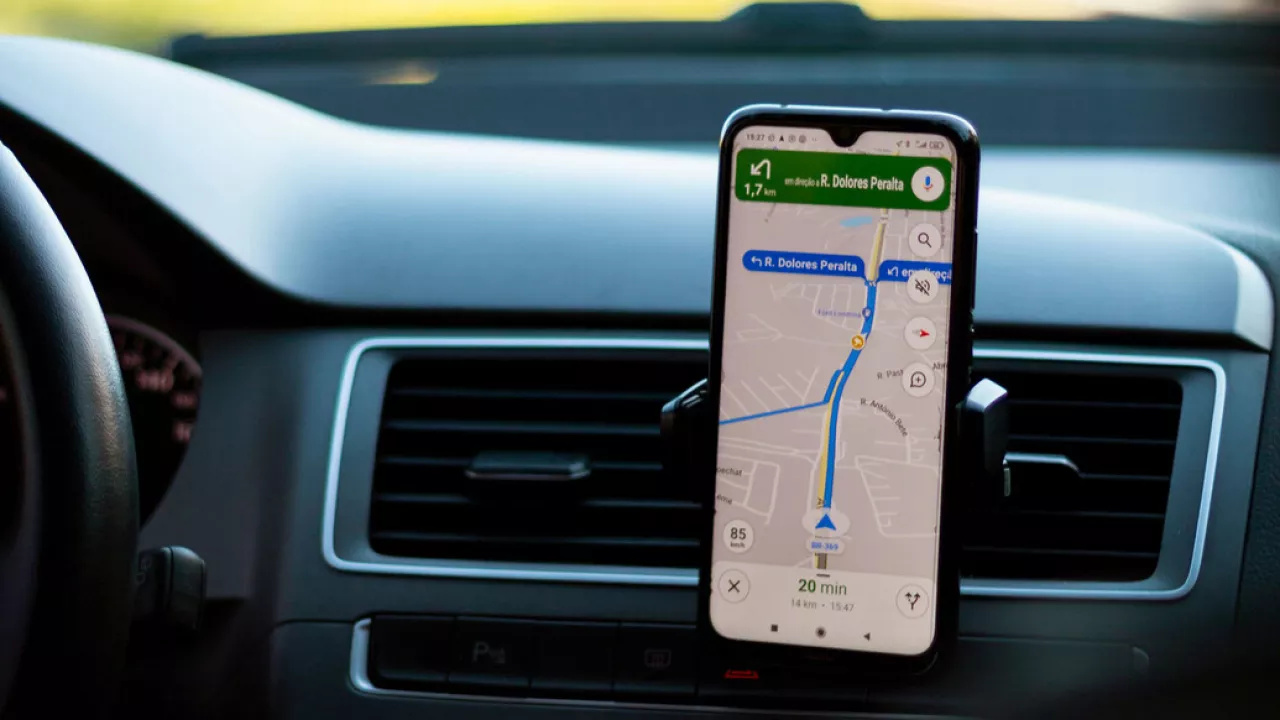New study produces higher tracking accuracy than GPS
New study produces higher tracking accuracy than GPS
Published
13 October 2022
Share
A new tracking technique using millimetre-wave radio frequency signals in the 5G network can improve accuracy by 1.5 meters compared to current GPS methods.
A new technique developed by researchers from the University of East London (UEL), can be employed in 5G networks which improves tracking accuracy of a mobile vehicle to 6.3 meters compared to the standard GPS methods of 7.8 meters set by the US government.
In the 5G network, next generation vehicles are required to communicate with each other and the surrounding transport infrastructure such as traffic lights, cameras, tunnels, etc to improve passenger and road safety.
Study lead, Dr Jaswinder Lota, reader in engineering, said,
Current GPS satellite tracking can lose signal in dense urban environments due to tall buildings or areas where there is no coverage. With the proposed method, the vehicle position can be identified even when its moving and in spaces where there is no GPS coverage.
By utilising 5G mmWave and future network technologies, smart vehicles will be able to share their location, speed and other sensor information more accurately with minimal delay.
The paper titled ‘mmWave V2V Localization in MU-MIMO Hybrid Beamforming’, published in IEEE Open Journal of Vehicular Technology, suggests the use of millimetre-wave (mmWave) vehicle-to vehicle (V2V) technology can perform better than current GPS methods.
Recent trends for vehicular localization with mmWave signals include employing a combination of factors such as angle of arrival (AOA), angle of departure (AOD), and time of arrival (TOA) of the transmitted/received signals.
These factors are however challenging to estimate, which along with the scattering and random nature of mmWave channels, and vehicle mobility lead to errors in localization.
To circumvent these challenges, the novel technique proposed in the paper employs difference of arrival for time and frequency, with hybrid beamforming, rather than relying on AOD/AOA/TOA estimates. The technique can also exploit the number of vehicles present, as an increase in the number of vehicles is shown to reduce the error estimation.
The paper marks the first attempt to be successful in using mmWaves to produce a higher accuracy than GPS. Previous studies involving V2V for vehicular localisation where not able to accurately localise the vehicle when mobility.
As mmWave can transmit and support higher rates of several gigabits per second, mmWave V2V communication would be a key technology enabler for platooning – the act of driving a group of autonomous vehicles together.
Due to the higher accuracy rate when tracking, Dr Lota believes that this method involving radio frequency signals could also be applied to drones in a 3-dimensional space.
Dr Lota said:
The novel method proposed can be extended to a 3-diemensional space and used to track future connected and autonomous devices such a drones and mobile robots.
Further efforts to improve the localization accuracy could look into the optimal user pairing strategy. Due to different conditions, users will have different data quality as the geometry between users and the emitter plays a key role in determining the location accuracy.
Read the full paper: ‘mmWave V2V Localization in MU-MIMO Hybrid Beamforming’, published in IEEE Open Journal of Vehicular Technology.
For more information see the School of Architecture, Computing and Engineering (ACE).
Share
Communications team
Contact us for press and interview requests
